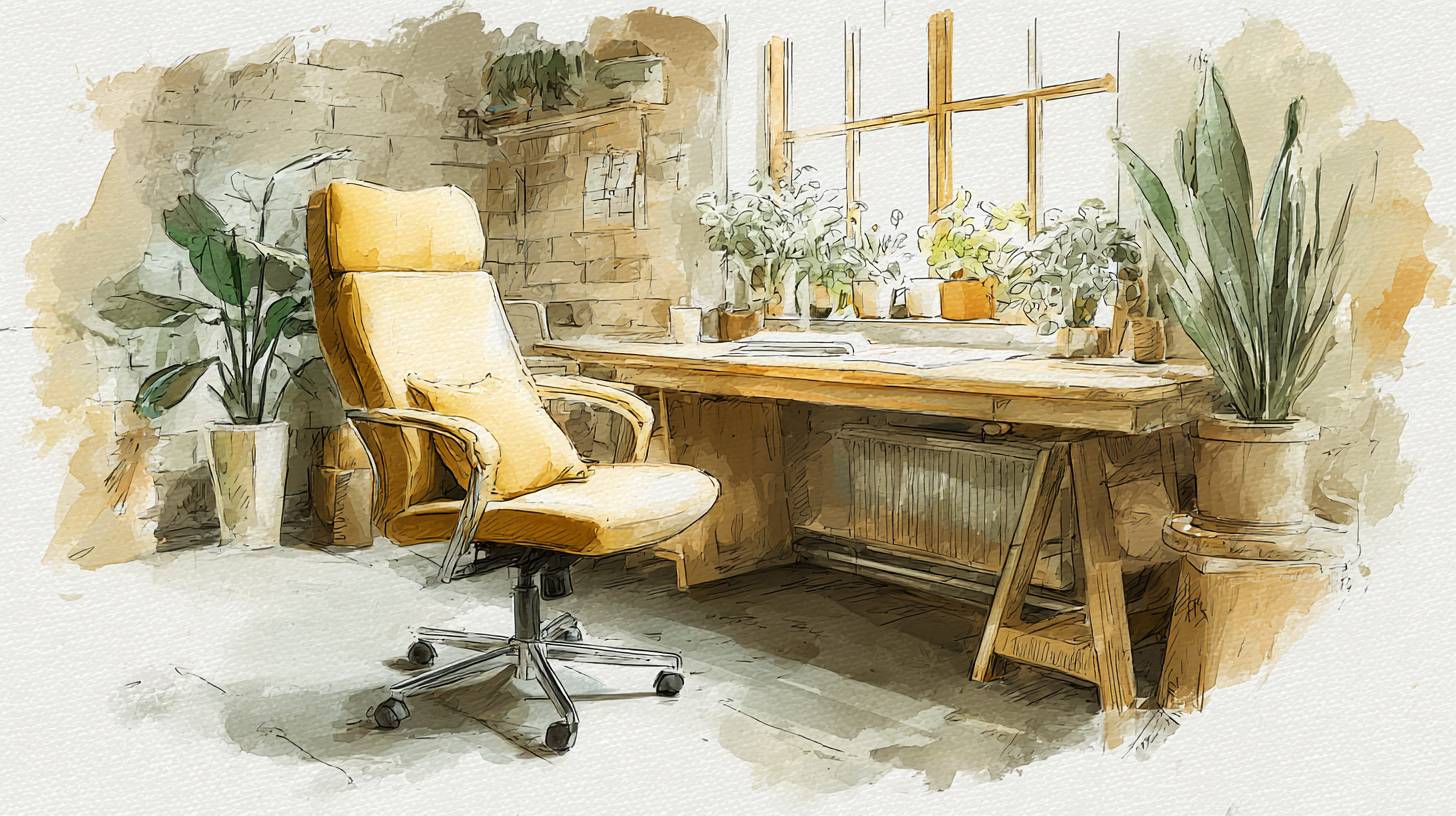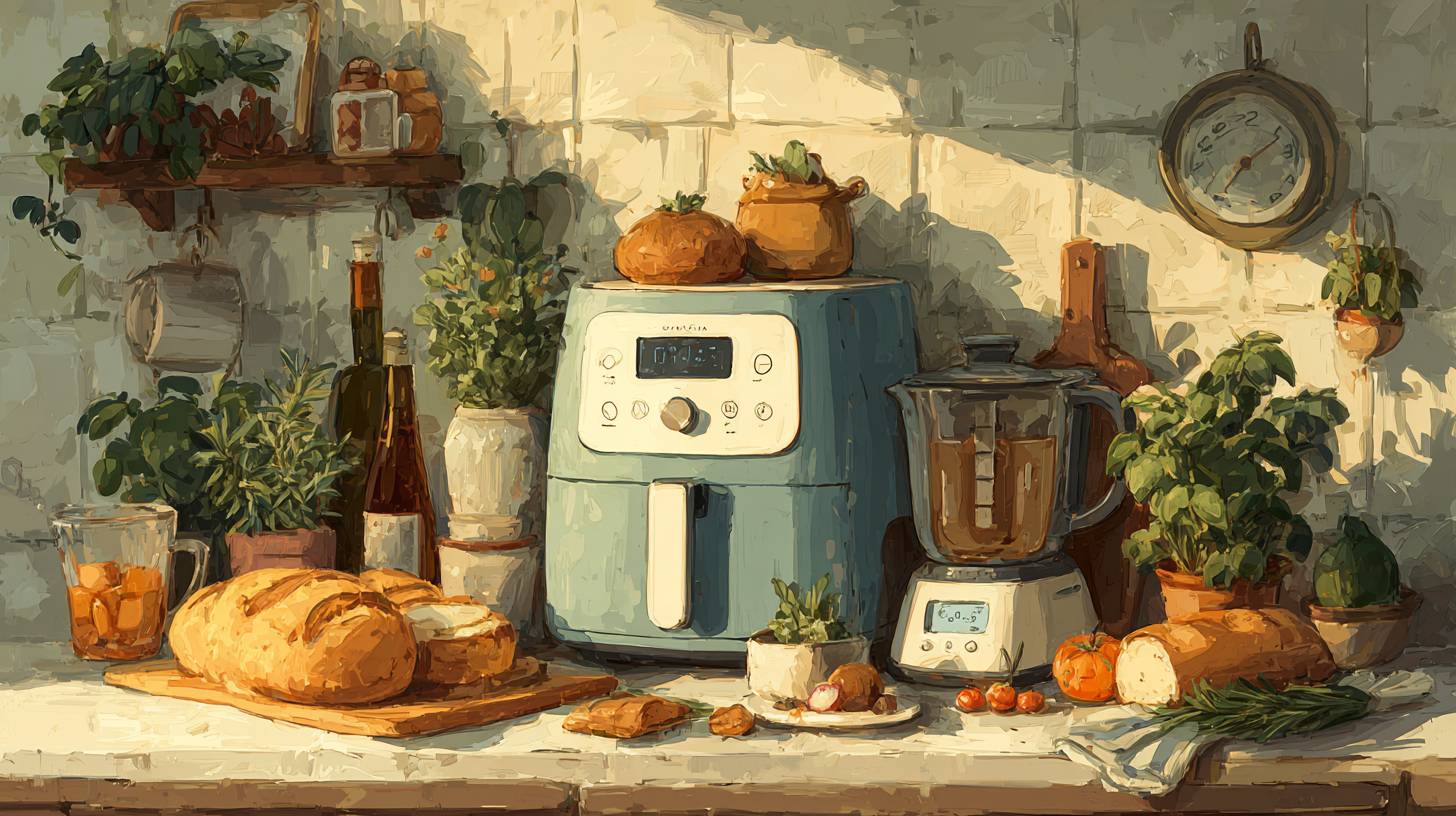
Best Ergonomic Office Chairs for Long Hours at the Desk (2025 Guide)
Discover the top ergonomic office chairs for ultimate comfort during long hours at your desk. Boost your productivity an...
Moeck Recorder oil Recorders are exposed to high levels of breathing moisture and should be regularly treated with oil to maintain their sound quality and prevent cracks. The purpose of oiling is to impregnate the inner bore of a recorder to protect it from moisture. Whether you ...Moeck Recorder oil Recorders are exposed to high levels of breathing moisture and should be regularly treated with oil to maintain their sound quality and prevent cracks.
The purpose of oiling is to impregnate the inner bore of a recorder to protect it from moisture. Whether you need to oil a recorder depends on the wood used and how it has been pre-treated. Recorders made of boxwood, ebony, grenadilla, olive wood, rosewood, plum or rosewood must be oiled if they are not to lose their quality.
Instruments made of maple and pear wood, on the other hand, do not necessarily need to be oiled if they are impregnated with kerosene, but it does not harm them either. How to oil your flute correctly: Allow your flute to dry out well before oiling. Never oil a flute that has just been played, as this retains the moisture in the wood.
Protect the key pads of your flute from the wood preservative oil by sealing the corresponding tone holes from the outside, e.g. with kitchen paper. It is most important to oil the inner hole of the flute, as this is the area that comes into contact with moisture the most.
The middle section and base are the easiest to treat. Moisten the inner edge of the flute with a few drops of oil and turn the wiper through the flute piece until it is visible on the other side. Then pull it out again while turning.
Hold the piece of oil against the light and look at the result of your work: If there are still dull spots, repeat the process until the inside of the flute has an even layer of oil. Be particularly careful when oiling the head piece and ensure that the block does not come into contact with oil if possible. Always hold the head piece with the beak pointing upwards so that the oil cannot flow into the wind tunnel.
Now take the brush, which is already oily, and slowly push it into the flute head with careful twisting movements until it can be seen through the labium. You can now continue turning carefully until the stopper (which should be as oil-free as possible) gently touches the block. Now slowly unscrew the brush again, check whether the oil film is evenly applied by looking into the inner bore and repeat the process if necessary, adding 1-2 drops of additional oil if necessary.
The outer surface of unvarnished flutes will take on a beautiful matt sheen if rubbed with a slightly oily cotton cloth. When treating the flute head, make sure that no oil gets into the wind tunnel. Rub the head with a cloth, but leave out the beak and especially the direct blowing opening at the end of the beak.
Oil the surface of the labium with the fine brush, taking care not to get too close to the wind tunnel. The creeping properties of the oil will ensure that it also spreads along the sides of the labium. Now place the flute parts as straight as possible to dry, e.g.
on a plate, and leave them to stand for a few hours (preferably overnight) so that the wood can absorb as much oil as possible. Finally, you can wipe off any residue with a clean cotton cloth. Contents: 25 mlThis text has been automatically translated and may contain errors.
Discover more insights and guides in this category

Discover the top ergonomic office chairs for ultimate comfort during long hours at your desk. Boost your productivity an...

Discover the must-have kitchen gadgets for every home cook in 2025. Elevate your culinary skills and simplify meal prep ...

Discover the best noise-cancelling headphones that enhance focus and comfort for work and travel. Elevate your listening...